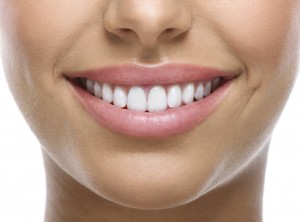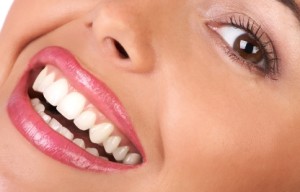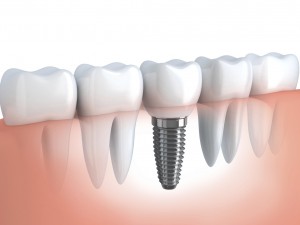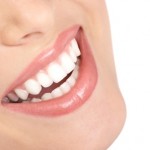Are you a mechanic, an artist or a doctor? Or are you all or part of these? Comprehensive aesthetic dentistry is the fusion of art, physical science and psychology. The beautiful smiles and successful treatment created are created not by chance, but by an understanding of these concepts.. It is recognition that aesthetic dentistry and the synergy of our individual senses is what defines completeness in our cases. It is the difference between cosmetic and aesthetic.
First, let us attempt to understand the difference between aesthetics and cosmetics. In other words, aesthetic dentistry is an integral part in establishing a synergy, a contribution to beauty of the total face when considered within the context of the face rather than the enhancement of one part. How does dentistry accomplish that? Would not just bleaching teeth that are misaligned result in the enhancement of the total face? From the artistic viewpoint and true to the meaning of aesthetic, the answer would be no. You would now have only shade enhanced (whiter) teeth that could draw closer attention to the compromised alignment and proportions. In the cases shown, each patient first stated they wanted their teeth to be whiter. Their question was, ‘Doctor can you bleach my teeth to make them whiter?’. Although this would at times be argued by the inexpert patient and sometimes dentist as an improvement it would not be totally worthy of being labeled comprehensively aesthetic. Aesthetics has been defined as restitution of form and function in harmony with a biologic environment. It considers the whole scene not just the individual parts within it. Aesthetic dentistry is an effort to imitate nature and if properly orchestrated, it yields a result that is harmonious with what surrounds it. It is truly an art form.
Cosmetic, by its own definition is: something superficial, to cover a defect. Nowhere does it allude to consideration of what exists around it or what is artistically beautiful.
Art has the ability to elicit sensory responses. Dental art when combined aesthetically with that which surrounds it can elicit sensory response. The sense of touch or feel and the visual sense are all stimulated by the presence of a functionally aesthetic smile. Perhaps the most notable sense, which in art is sometimes known as the sixth sense, is the sense of emotion. This manifests in a tremendous way when we see the aesthetically compromised patient come to tears when they receive their new smile. We see it when the patient no longer covers their mouth when they speak or when they laugh. We see it in the response of others who view the aesthetic transformation of their friend or loved one. The sense of emotion is released and it is because of what is physically viewed and felt.
Comprehensive dentistry is a cliché touted and overused in our profession. Although the intent of its use is admirable, the understanding of its meaning I believe is sometimes ambiguous. To enter into the realm of aesthetics, of facial aesthetics in particular, one must realize the unchallengeable psychological influence on the success or failure of treatment planned or rendered. Addressing this entity must be included in the definition of comprehensive if it is truly to be so. How many times have those of us in our aesthetic dental careers placed what we have thought to be an amazing aesthetic result only to have the patient respond in an unenthusiastic or negative manner.
First and most important, you must be able to deliver the goods promised. In other words, are you capable? Have you committed yourself to the highest level of learning to provide the mechanical/functional and artistic skills that you have declared yourself capable of? And, perhaps, most importantly what efforts have been made preoperatively to involve the patient in the choices of their treatment outcome?
The patient who brings in the picture of their favorite movie star/celebrity and says, ‘I want a smile just like theirs’, can set the stage for failure if you say OK and cannot deliver no matter how nice the outcome you perceive. If the smile request by the patient is impossible to attain, then we must convey to them in some way what can be attained within the context of their inherited facial form. No other method of communication to accomplish this is better than accurately produced computer generated imaging.
If we are to claim ourselves as ‘Cosmetic Dentists’ then maybe, whitening of teeth in some fashion need be our only tool and more correct to the title bestowed. But, if we claim ourselves to be artists of the smile and truly concerned with optimum aesthetic, functional and psychological results within the context of the entire face and being of the patient, then the title of ‘Comprehensive Aesthetic/Restorative Dentist’ would be more appropriate and fair to those who are committed to this level of education.
Article source: Aesthetic dentistry today January 2007
 Your teeth outside of your oral care routine are probably not something you think about in depth. Teeth are actually complicated structures.
Your teeth outside of your oral care routine are probably not something you think about in depth. Teeth are actually complicated structures.



